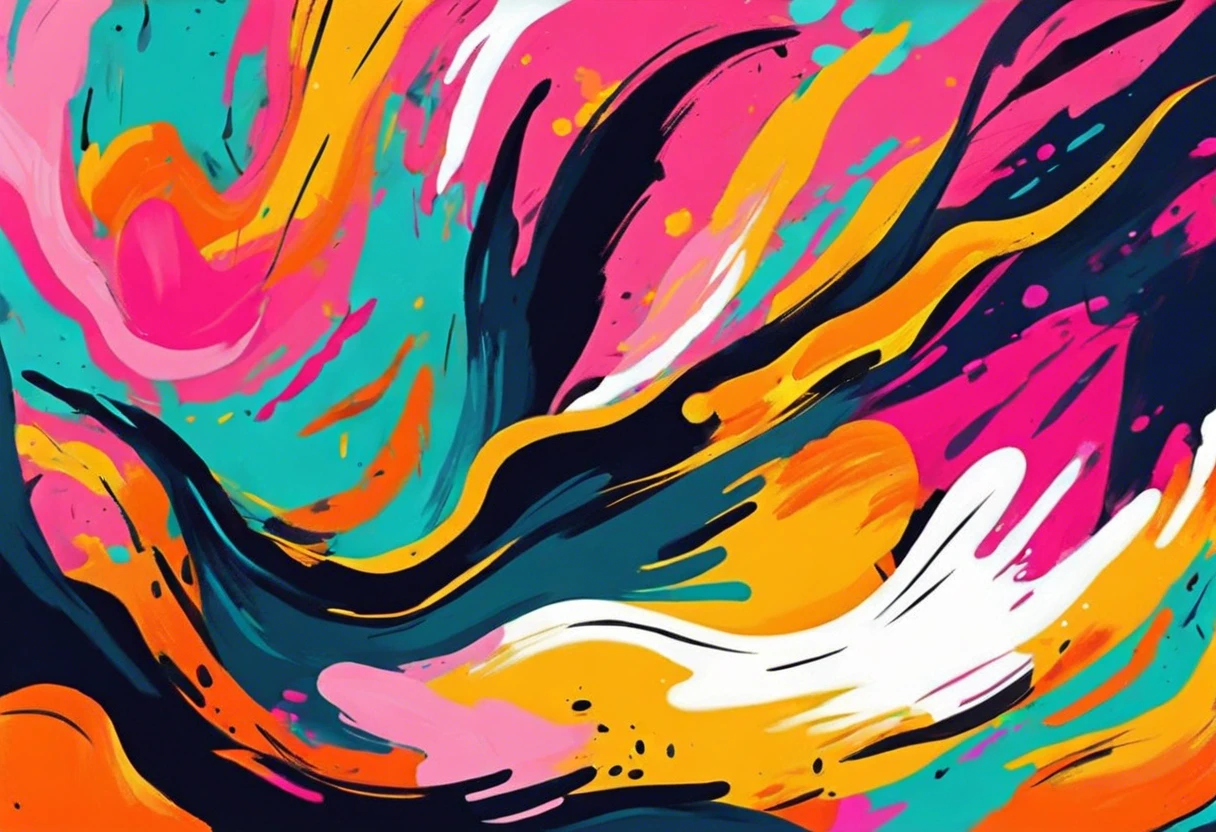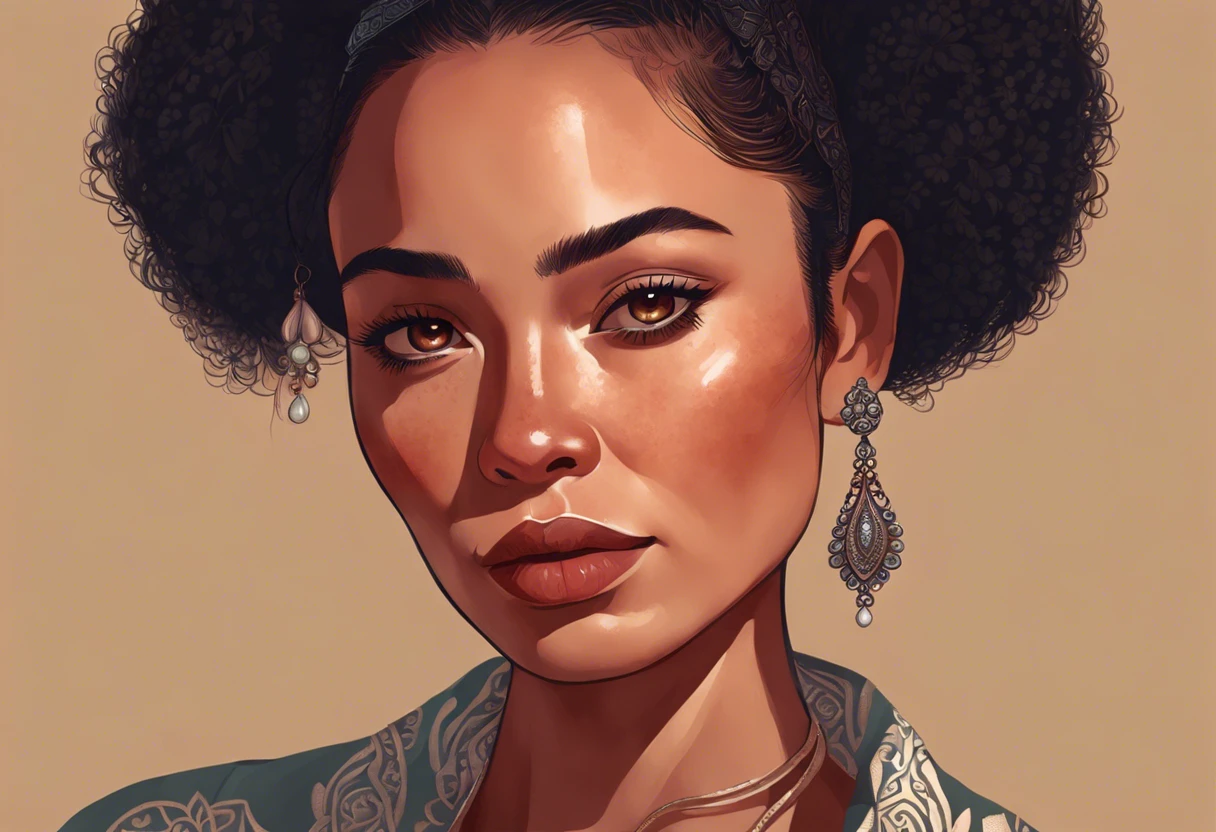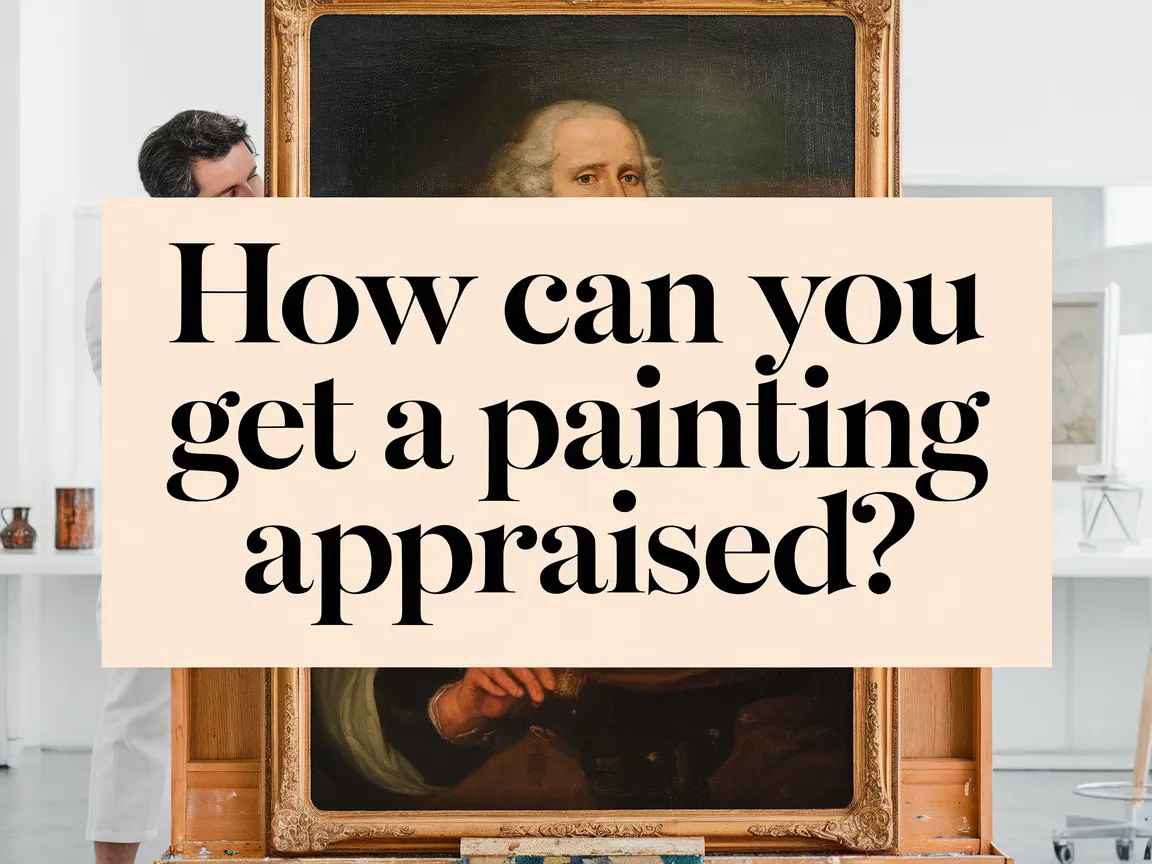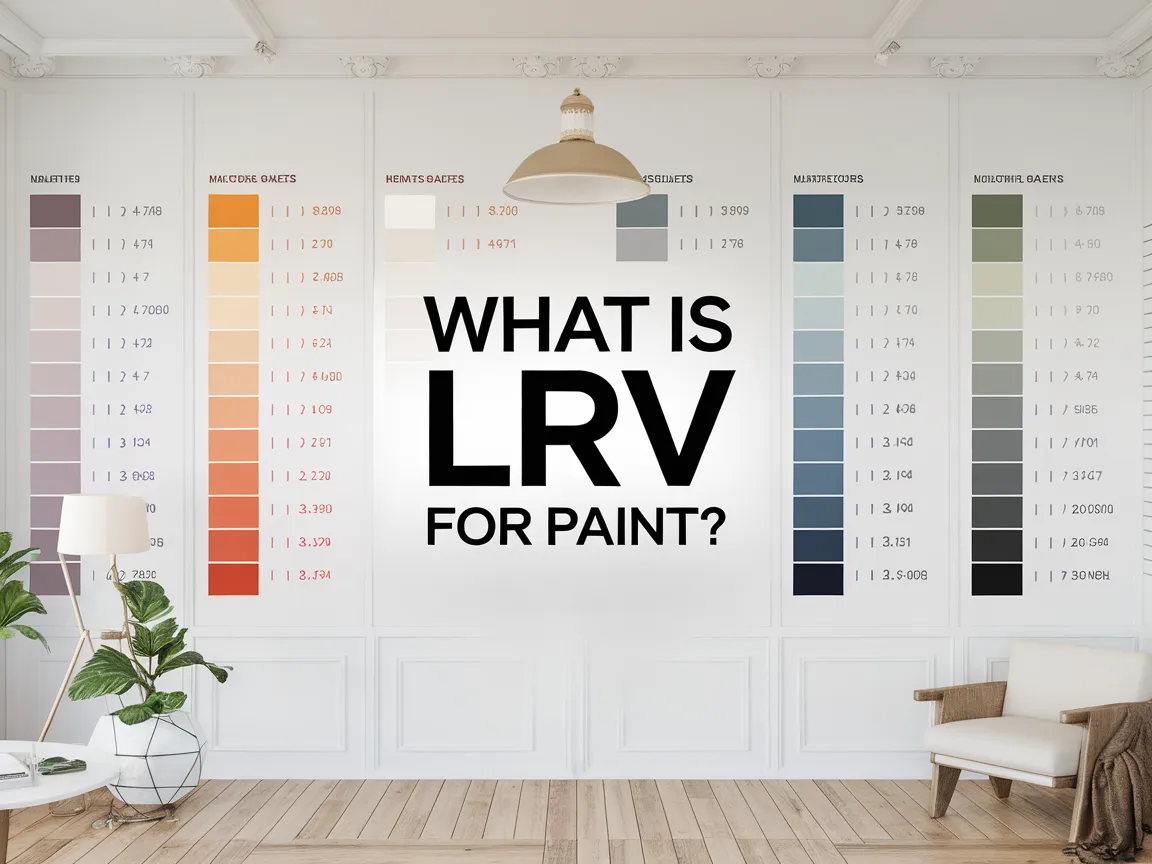What Are Different Types Of Painting Styles?
Painting styles are like different flavors of ice cream. Each one has its own unique tastes and colors that make the world beautiful!
So, what are different types of painting styles? Understanding these styles is key for anyone looking to express their creativity. I remember when I first explored them; it opened a door to endless possibilities.
In this guide, we’ll dive into what painting styles mean, steps to discover different forms, how to choose your own style, and some common challenges you might face. Keep reading for color palettes, DIY projects, and answers to your questions about the different styles of painting!
Contents
- 1 What Are Different Types Of Painting Styles?
- 2 What is Meant by ‘Painting Styles’?
- 3 Before You Begin Your Painting Journey
- 4 Steps to Understanding Different Painting Styles
- 5 Exploring Techniques in Different Painting Styles
- 6 Influential Art Movements Shaping Painting Styles
- 7 Recommended Color Palette for Various Painting Styles
- 8 Types Of Painting Styles Explained
- 9 Factors Affecting Your Choice Of Painting Style
- 10 Common Challenges in Different Painting Styles
- 11 Finishing Touches for Your Artwork
- 12 Frequently Asked Questions About Painting Styles
- 13 Conclusion
- 14 Useful Resources
What Are Different Types Of Painting Styles?
Different types of painting styles include realism, impressionism, abstraction, and cubism. Each style has unique techniques and focuses, from capturing details to exploring emotions. You’ll find a blend of colors, shapes, and feelings in each. What’s your favorite style?
What is Meant by ‘Painting Styles’?
Painting styles refer to the unique techniques and methods artists use to create art. They include various approaches, often categorized by visual characteristics, texture, color palette, and brushwork.
The Finishing Touch
A freshly painted wall is a blank canvas. The best way to bring your room to life is with a single piece of statement art that ties everything together.
Browse Wall Art at Big Wall DecorIf you’re wondering about unconventional techniques, you can also explore how to paint a car with spray paint by following these specialized methods.
When exploring ‘different types of painting styles,’ the variety can be overwhelming. I remember my first encounter with Impressionism; it was captivating to see swift brush strokes and vibrant colors come alive on canvas. If you are curious about painting on less traditional surfaces, you might want to know how to paint aluminum.
I often used this style to analyze paintings. Understanding ‘different types of painting styles’ can deepen your appreciation and connect you more emotionally with the artwork.
Before You Begin Your Painting Journey
What do you need to get started?
- Quality Canvas: You’ll need a canvas like the Arteza Stretched Canvas, 61 x 91 cm (24 X 36 in). It’s essential for evenly absorbing the paint and ensuring durability.
- Paint Set: Grab a set like Winsor & Newton Artist’s Watercolors. This professional-grade paint (12 Colors) lets you explore various styles easily.
- Brush Collection: A varied brush set, such as the Princeton Velvetouch Brush Set (6 Types), helps you capture different painting techniques.
- Palette: Use a wooden palette, like the Masterson Palette, to mix colors cleanly and efficiently; it works well with acrylics.
We’ve wrapped up essential tips for starting your painting journey. Let us turn our attention to exploring various painting styles.
Also See: Can You Be Too Cold to Paint? Find Out Here!

The Finishing Touch
A freshly painted wall is a blank canvas. The best way to bring your room to life is with a single piece of statement art that ties everything together.
Browse Wall Art at Big Wall DecorSteps to Understanding Different Painting Styles
Now, we’ll cover steps to identify and explore various painting styles.
-
Research Iconic Styles
Start by exploring classic painting styles like Impressionism, Cubism, and Abstract. Investigate at least five distinct styles, noting their unique traits and origins.
Use online resources, books, or exhibits at local galleries to view artworks firsthand. Check references or specific artists known for each style to expand your understanding.
-
Explore Contemporary Approaches
Look into modern twists on traditional techniques—you’ll find Street Art, Digital Painting, and Conceptual Art. Attend workshops or webinars led by active practitioners to see practical applications of various concepts.
Consider curating a personal collection of contemporary works you admire. It’ll refine your tastes and may spark ideas for your own creative projects.
-
Experiment With Techniques
Try at least three techniques that align with the styles you’re studying. Practicing oil painting, for example, improves precision and control—essential for mastering realism.
Keep a sketchbook handy to document your experiences with each technique. This record becomes a valuable reference as you refine your painting style and skills over time.
-
Analyze Famous Works
Examine famous paintings—observe brush strokes, color choices, and composition. Spend time breaking down what makes these masterpieces unique while relating them to the styles you’ve researched. Discover how you can make animations on 3D Paint.
This analysis fosters a deeper appreciation and understanding of the nuances among different painting forms. The more you analyze, the clearer it becomes what elements resonate with you.
-
Create and Share
Apply what you’ve learned to create your own pieces inspired by the styles you’ve discovered. Share these on platforms like Instagram or in art forums to invite feedback.
This step not only polishes your skills but also helps build a community. You might find mentors or peers who share similar interests, sparking new ideas and collaborations.
You should now have a good understanding of various painting styles and their characteristics. In the next part, we’ll discuss techniques used in these styles.
Exploring Techniques in Different Painting Styles
Understanding techniques is crucial when diving into painting styles.
Brush Techniques
Brushwork varies by style, influencing the overall feel of the painting. Here are some popular techniques:
- Dry Brush: A technique where a dry brush is used on dry paint. It creates a rough, textured look.
- Glazing: This involves applying a transparent layer of paint on dry paint to create depth.
- Scumbling: A method where a lighter color is applied over a dry darker base to allow some of the underpainting to show through.
Color Mixing Techniques
Color mixing plays a significant role. Here’s a quick overview:
| Mixing Method | Description | Best For |
|---|---|---|
| Subtractive Mixing | Combines pigments to create new colors by absorbing light. | Oil & Acrylic Paints |
| additive Mixing | Mixing colored light together to create new colors. | Digital Painting |
| Glazing | Applying transparent colors over dried layers to create luminosity. | Watercolor & Oils |
Texture Techniques
Texture adds richness to your work. Consider these approaches:
- Impasto: Applying paint thickly to create a textured surface.
- Sgraffito: Scratching through top layers of paint to reveal base colors.
- Pouring: Pouring thinned paint onto a surface for a smooth, unexpected finish.
By understanding these techniques, you can enrich your exploration of painting styles and unleash your creativity. Which technique will you try first?
So far we covered various techniques across painting styles. Let’s look at significant art movements that influence these styles next.
Influential Art Movements Shaping Painting Styles
Understanding influential art movements helps you see how painting styles evolved over time.
Key Art Movements
| Art Movement | Period | Main Characteristics | Notable Artists |
|---|---|---|---|
| Renaissance | 14th to 17th Century | Focus on humanism, realism, and classical themes. | Leonardo da Vinci, Michelangelo |
| Romanticism | Late 18th to Mid-19th Century | Emphasis on emotion, nature, and individualism. | Eugène Delacroix, Caspar David Friedrich |
| Modernism | Late 19th to Mid-20th Century | Break from tradition; focus on abstraction and experimentation. | Pablo Picasso, Wassily Kandinsky |
| Postmodernism | Mid-20th Century to Present | Mixing styles, irony, and questioning traditional narratives. | Andy Warhol, Jean-Michel Basquiat |
Impact of Movements on Styles
These movements shaped various painting styles you see today. For example, Romanticism influenced expressionist artists to value emotion. Modernism challenged conventional boundaries, leading to styles like Abstract Expressionism. Knowing these artists and movements can elevate your understanding and appreciation of art. So, which movement interests you most?
You should now have a good understanding of significant art movements affecting painting styles. In the next part, we’ll discuss suggested color palettes for different painting techniques.

Recommended Color Palette for Various Painting Styles
I recommend the “Vibrant Harmony” theme for its energy and balance, blending well for both abstract and realism styles.
| Color Box | Hex Code | Color Name |
|---|---|---|
| #FF5733 | Fiery Red | |
| #C70039 | Crimson | |
| #FFC300 | Saffron Yellow | |
| #DAF7A6 | Pale Green | |
| #900C3F | Rich Burgundy |
Types Of Painting Styles Explained
Let’s explore painting styles: realism, impressionism, abstraction, and cubism.
The Finishing Touch
A freshly painted wall is a blank canvas. The best way to bring your room to life is with a single piece of statement art that ties everything together.
Browse Wall Art at Big Wall Decor-
Realism
Realism depicts scenes from everyday life. Artists use detailed techniques to achieve lifelike accuracy, capturing things as they are.
-
Impressionism
Impressionism captures light and its changing qualities. You’ll often see short, visible brushstrokes and a sense of spontaneity.
-
Abstraction
Abstraction doesn’t focus on real objects; it uses shapes and colors in a non-objective way. It allows viewers to interpret art based on emotion and perception.
-
Cubism
Cubism breaks subjects into geometric shapes, offering multiple perspectives in one view. It revolutionized how we see and interpret art, challenging traditional norms.
This reminds me of a valuable lesson I learned studying impressionism. Observing how painters like Monet captured light with small brushstrokes opened my eyes to the beauty in fleeting moments.
Factors Affecting Your Choice Of Painting Style
What factors influence your choice of painting styles?
-
Personal Preference: Your likes guide you toward specific painting styles that resonate.
-
Artistic Training: Formal education shapes the painting styles you favor and use.
-
Cultural Background: Your culture influences the painting styles you connect with.
-
Historical Influences: Art movements significantly impact your style choices.
Common Challenges in Different Painting Styles
My friend once struggled with blending colors in watercolor. It was frustrating because the paints didn’t mix well!
To fix this, use the wet-on-wet technique and adjust the water ratios. A 1:2 paint-to-water ratio can create smooth blends, enhancing her watercolor skills.
Finishing Touches for Your Artwork
After exploring various painting styles, you’ll want to seal your work for longevity. Apply a protective layer, like varnish, with at least a 24-hour curing time for stability.
Inspection includes checking for consistent texture across methods used, such as wipe-resistant enamel. Use products like Winsor & Newton’s liquid matte varnish to ensure an even finish.
If this isn’t your first time, add an extra medium-specific gloss at 3-6 mm (0.12-0.24 Inches) for depth and to enhance vibrancy in wash techniques and certain oil techniques.
Frequently Asked Questions About Painting Styles
What Are the Most Popular Painting Styles?
Yes, the most popular painting styles include Impressionism, Abstract, and Realism. Each style has its unique approach, making them resonate with different artists and audiences. According to art sources, Impressionism represents roughly 25% of works sold at major auctions, highlighting its lasting appeal.
How Can I Choose a Painting Style That Suits Me?
You can choose a painting style that suits you by exploring various styles to find your preference. Try different techniques—maybe Abstract appeals to your emotional side, while Realism aligns with your detail orientation. Experimenting with several mediums can clarify which resonates best with you. Ensure you paint during ideal temperatures to achieve the best results. Discover painting texture techniques for optimal application.
Are There Any Resources for Learning More About Painting Styles?
Yes, many resources exist for learning about painting styles. Websites like Khan Academy and Coursera offer free art courses, while art books can provide in-depth analysis. With countless blogs and YouTube channels dedicated to specific styles, you can easily immerse yourself in any artistic area. Additionally, if you need to adjust your image settings efficiently, you can learn how to change DPI of an image in Paint.
Can I Combine Different Painting Styles in My Artwork?
Absolutely! You can combine different painting styles in your artwork to create something original. Mixing techniques like Impressionism with Cubism can unleash your creativity. Many famous artists, such as Picasso, blended styles to express their unique vision and voice. Additionally, understanding the effects of weather on your painting process is crucial if you’re painting outdoors in cooler temperatures; you might wonder if you can paint in 40-degree weather. You can find valuable information on painting in cooler temperatures to help guide your creative work.
What Should I Avoid When Experimenting With Painting Styles?
You should avoid sticking to one painting style when experimenting. Limiting yourself can stall creativity. Challenge yourself; use varied techniques and materials. Stepping outside your comfort zone often leads to better results and surprising discoveries in your art journey. Consider exploring different approaches, including the technical aspects of medium application, by using acetone on car paint for innovative effects.
How Can Practicing Different Painting Styles Improve My Skills?
Practicing different painting styles can significantly improve your skills by enhancing your technique and broadening your artistic knowledge. It challenges your creativity, but it also strengthens dexterity and coordination. Diverse experiences in art let you tackle projects confidently.
What’s the Best Way to Analyze a Painting Style?
The best way to analyze a painting style is to compare its techniques, colors, and themes with other styles. Look at famous works from well-known artists who exemplify that style. Taking notes and discussing art with peers can provide deeper insight into the effective characteristics you discover. Knowing how to work with different materials can also be crucial, especially for those interested in altering finishes like chrome plating. Discover more on painting over chrome plating.
Conclusion
We’ve reached the end, and I hope you found this information helpful. We explored various painting styles and techniques, defined what painting styles entail, and discussed steps to better understand these styles. Additionally, we recommended color palettes, identified influencing factors, addressed common challenges, and shared creative DIY projects.
So, what are the different types of painting styles? It’s all about delving into techniques such as realism, impressionism, abstract art, and beyond. If you’re looking for guidance on finding your painting style or facing any challenges, don’t hesitate to reach out.
At Paint Answers, we are dedicated to equipping you with the most relevant technical knowledge and support.
Useful Resources
- Smith, R. (2003). The Artist’s Handbook of Materials and Techniques (5th ed.). New York, NY: Knopf.
- What are the different types of painting styles? – Quora
Isabella is a Filipino-American art writer and critic specializing in contemporary painting, blending her Filipino heritage with global art trends. She holds a BFA from California State University, Long Beach, and a Minor in Art History from the University of the Philippines. Isa has experience as a Gallery Assistant, Art Appraisal Specialist, and Social Media Creative for Art & Design.
Texuring, Topics
Also See: Can You Clean Oil Paint Brushes With Water? Find Out!









